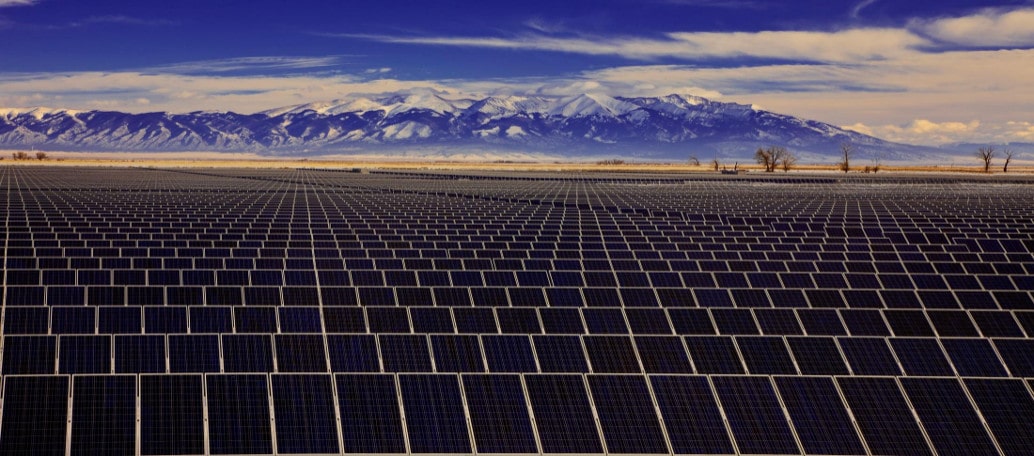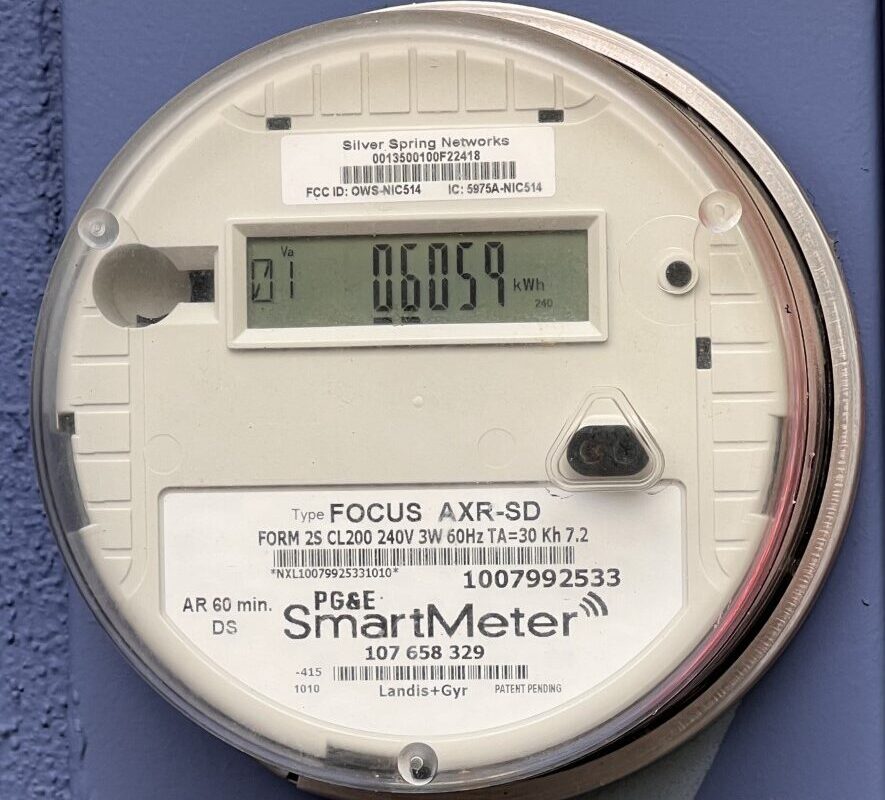Lawyers around the world know the old aphorism: “If you have the facts on your side, pound the facts. If you have the law on your side, pound the law. If you have neither on your side, pound the table.”
Utilities in the United States find themselves in a similar position as solar power becomes more prevalent on the grid. More consumers are migrating to rooftop solar, and some utilities are in a panic about the effect those migrations are having on their bottom lines. As a result, they are scrambling to find arguments that will dissuade customers from making the switch.
Now a new study by “market research” firm E Source, which apparently has spent 30 years telling utilities exactly what they want to hear, has provided them with another strategy: Like the wizard in the mythical land of Oz, tell consumers not to pay any attention to the utility behind the curtain.
If the study, which surveyed 7,000 utility customers online, is to be believed, 61% of utility customers say customer-generated solar power reduces costs for the grid – which it does. Additionally, 29% say it has no effect (wrong but harmless), and 10% think it increases costs (which it does not).
The goal, then is clear: Move some of the 90% of consumers who have a proper understanding of solar’s place on the grid to believe the erroneous position of the 10% – and the study lays out exactly how utilities can accomplish the goal because, as the study contemptously assumes, “[c]ustomers are understandably ill informed about the relative costs of electricity from large-scale, community, and rooftop solar.”
Survey participants were asked to allocate a hypothetical $100 to one of four types of solar investments: utility-scale solar, community-scale solar, residential rooftop, and business rooftop, after reading brief descriptions of each one’s benefits and costs. When presented with those facts, consumers allocated the most money ($31) to residential rooftop and large-scale solar ($29).
Then, according to the white paper, the researchers provided the following explanation of costs:
Then we gave respondents some data about the rough costs of solar, stating that rooftop costs twice as much as large-scale solar per unit of electricity, and community solar costs 50 percent more than large-scale solar.
After receiving this information, of course, consumers changed the way they allocated that same mythical $100, favoring utility-scale solar by a wide margin. Allocations for the two rooftop options decreased by approximately 22% and support for community solar stayed about the same.
It’s not that the survey doesn’t tell consumer proper facts – what they say about the relative costs is accurate, as far as they go. But the reason those consumer support numbers shift so dramatically is that the utilities fail to include some inconvenient truths that completely destroy their contention.
What they don’t tell consumers in this survey is that behind-the-meter (BTM) solar – ie residential and commercial rooftop solar – provides net benefits to the grid. They also neglect to mention BTM solar is cheaper to produce because there are no transmission losses, reduces the utilities’ need for transmission-and-distribution investments (meaning higher profits for the utilities) and can, in many cases, increase grid resiliency.
Logically, then, E Source’s strategy is predicated on the fact that consumers won’t know about all the benefits solar brings to the electrical grid. As a result, the utilities can focus on all the “bad” aspects of rooftop solar without having to answer questions about the advantages rooftop solar brings to the consumer. And if utilities can accomplish this goal, then they can slow rooftop solar’s growth and keep electricity profits all to themselves.
Expect utilities to start citing this survey as state-level net-metering battles heat up this summer in support of demand charges and other solar-only fees to recover the “extra costs” that solar consumers place on the embattled utilities – but don’t allow them to get away with using these half-truths to destroy the rooftop solar revolution.
This content is protected by copyright and may not be reused. If you want to cooperate with us and would like to reuse some of our content, please contact: editors@pv-magazine.com.








Frank makes excellent points about the broader advantages of rooftop solar from a top-down, utility and state policy perspective.
But there are also important bottom-up cost advantages to the consumer of distributed (DG) solar–that we can’t realistically expect utilities to tell us.
Customers will never own utility-scale or utility-“community” solar. They will be paying those rates forever.* Whereas with DG customer-owned–via cash, loans, or solar leases and PPAs–once the project is amortized off, you have free, infinite, clean energy. (I know this sounds like hyperbole but it’s not!)
DG solar means you keep your investment. You are no longer paying the utility. When your current system finally decreases in production – likely 30+ years – your property is ready for a remarkably cheap new system.
If your area is disrupted by natural or man-made disaster, there will be options and technologies to keep your power on.
And from a sustainability standpoint, you know you have made the independent choice for clean energy for your own use.
* It will be interesting to see where/if the free fuel from solar detectably brings utility rates down. If you manage it on your own property, you are assured of those cost savings.
Building resilience in renewable energy and food production is a fundamental challenge in today’s changing world, especially in regions susceptible to heat and drought.